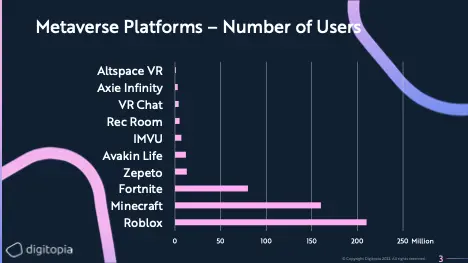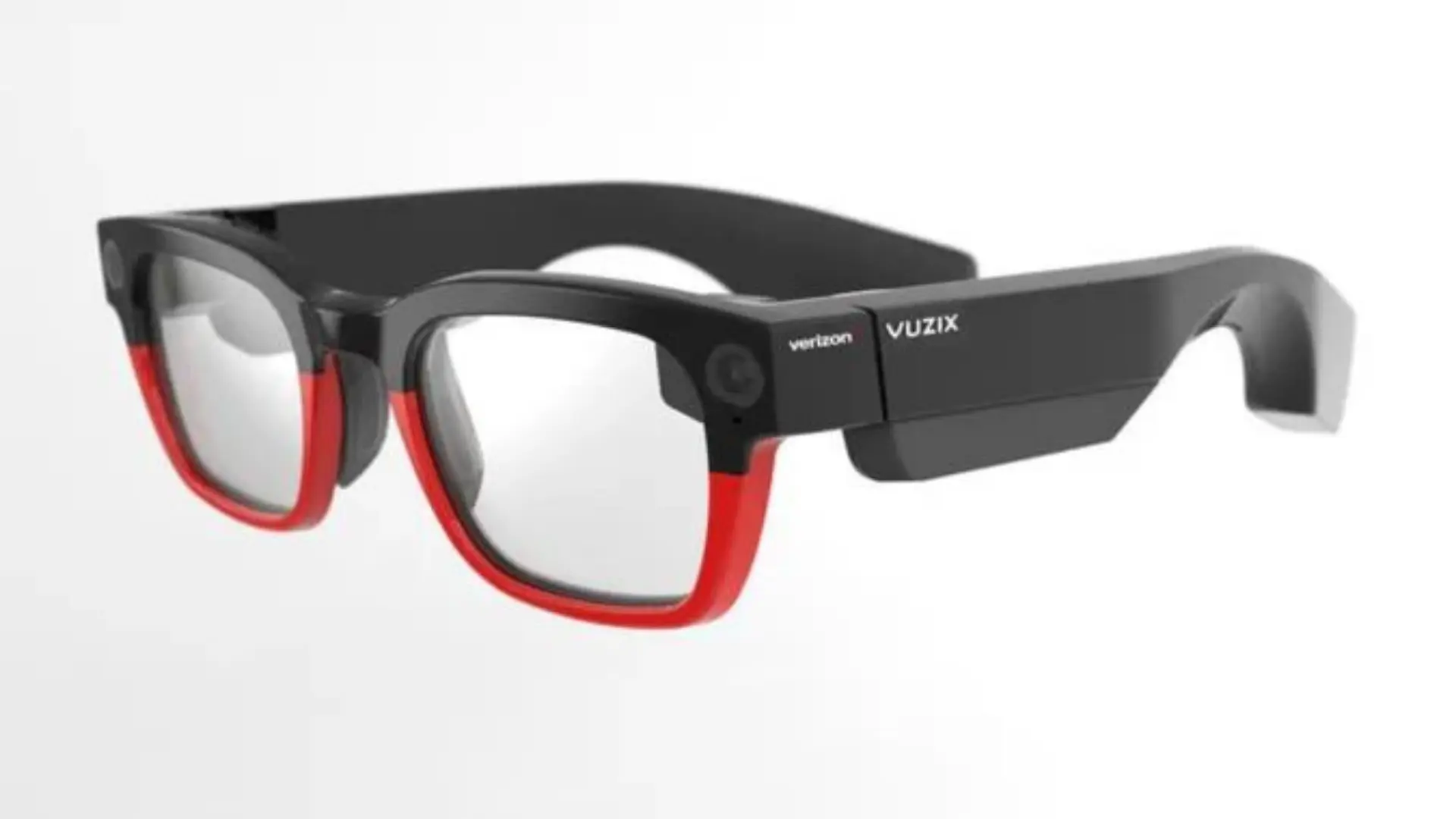
When Mark Zuckerberg announced the transition of Facebook to Meta, and the next great horizon for the company in joining the Metaverse, he was met with a range of emotions from the business community. Excitement, curiosity, confusion and maybe a little bewilderment; the shift to join the Metaverse has been one of the most interesting large-scale shifts in corporate direction seen in years.
Becoming something of a buzzword, business leaders are scratching their heads to understand how exactly this technology is going to benefit them. Some fatigue around the term ‘metaverse’ can already be seen across various publications; with sceptics pointing to earlier VR-based platforms like Second Life that, while successful, never truly achieved the transformative changes some predicted- so why would this newer version of the metaverse be any different?
And what of the general population? Well, a recent studies have found that less than half of consumers actually know what the metaverse is, with even less understanding it and general curiosity into the medium seeming relatively low.
So in spite of this perplexity, why are organisations beginning to take notice of the Metaverse? Why are companies choosing now to invest in this potential future digital revolution? Well, there are a number of exciting reasons that the Metaverse might not be as farfetched as some have chosen to believe.
The Metaverse is Already Here

It’s true that we have seen other emergent technologies promising similar new worlds to the Metaverse, but businesses looked on with disinterest. This time, things are different; large organisations like Microsoft, Google and Nvidia have already invested heavily in the Metaverse, with more to come as they ramp up their engagement in the platform. More than just preparing their own teams and systems to work with the Metaverse, organisations are anticipating major demand for other aspects of the platform such as digital land that will overlay on top of the real world through augmented reality. The Toronto-based Tokens.com has already purchased $2.5 million in virtual land, with many other companies eyeing up the possibility. Since Meta’s announcements the price of VR land plots have increased by over 500%, with the price hike expected to continue as interest in the platform increases.
We’re also seeing VR becoming increasingly applicable in corporate life even today, speaking to its potential before ‘Web 3.0′ truly takes centre stage. In an age of remote working, virtual reality alternatives to traditional 2D platforms like Teams are becoming increasingly popular. Spatial, a start-up VR coworking platform, has seen a 1,000 percent increase in demand during the pandemic period, offering teams a more interactive means of working while thousands of miles apart. Meanwhile, Talespin is developing a virtual training and development environment, promising a more engaging means of upskilling teams than current learning management systems can offer. These daring new start-ups are just the beginning, with patents being submitted annually for VR and AR-based technology increasing more than 5 times over in the past 10 years alone.
It is clear that companies are starting to recognise the benefits of virtual and augmented reality technology, but is it enough? What is it going to take for us to see the Metaverse and spatial web explode into mainstream life?
Digital Ugly Ducklings No More
Taking a moment to pay respects to the last decade of awkward reality-bending new technologies, one can see quite quickly why the potential of the metaverse could not have been realised before now. Admirable attempts at augmented reality have failed to gain traction despite attempts from large organisations, with Google glass being snuffed with collective derision due to its unwieldy size, awkward appearance and hefty price tag. On the virtual reality side, the high price point of hardware, weighty processing requirements and limited applications have relegated the technology to a niche hobby among gamers and little else.

image source: engadget
VIzux Shield – Hitting the market in the second half of 2022
So what has changed? Well, simply casting an eye over the glowing reports emerging from the most recent Consumer Electronics Show yields a range of interesting potential new players in the AR and VR markets that promise to shake up these markets. In AR, new hardware like the ‘Vizux Shield’ are demonstrating that, while still quite chunky, it may soon finally be possible to have an augmented experience in our daily lives without ugly, oversized processors and cameras strapped to our glasses. Similarly, VR technology appears to be moving in a more compact direction, with Shiftall producing new goggle-based VR sets that may be more approachable than some of the larger, older systems.
Shiftall – A new lightweight VR headset due for launch in Spring 2022
We’re not there yet in terms of truly integrated VR and AR systems, with intensive battery requirements and input methods limiting the current potential of many headsets. That said, reflecting on the improvements in processing power, usability and ergonomics developments of the technology, it feels like we’re on the verge of seeing something revolutionary – potentially spurred on by the current surge in investments in the Metaverse.
There’s Gold in them thar (Virtual) Hills…
Of course, why else do companies invest if not to reap a return? The metaverse is connected with a number of other burgeoning technologies that make it particularly appetizing to organisations who believe they could stand to profit once its popularity explodes in the future.
Often touted as ‘Web 3.0′ or the spatial web, VR and AR bring with them promises of a more physical engagement with the digital world. Some speculate that this could involve mapping out the physical world in its entirety and then overlaying the physical with the digital, creating spaces visible using augmented and virtual reality throughout the real world. Of course, by applying the digital to the real world the implication is that there will be a limit on space available, creating potential demand where organisations in the next decade may choose to set up virtual stores or overlay their existing physical space with virtual augmentation. This new generation of real estate is causing some companies to snap up space as quickly as possible in anticipation of it being used later.
Beyond real estate, crypto currencies are also proving to be core to the Metaverse model, with Ethereum becoming a front-runner of myriad payment options across various virtual reality universes. The application of blockchain is allowing decentralised and independent means of consumer purchases, something that Meta is extremely positive about for the future of its platform. Beyond crypto, non-fungible tokens (or NFTs) are beginning to garner interest across the corporate sphere, presenting an opportunity to assign real-world value to digital items by their unique links in a blockchain network. NFTs are allowing consumers to buy and sell items through the virtual sphere, potentially opening the way for consumer-created content and marketplaces, yielding returns for companies with minimal input.
The Next Great Frontier
It is clear then that a wide range of technologies, both physical and digital, are converging a way never previously seen that could enable the metaverse to truly take off in ways considered impossible ten years ago. Scepticism is still high, with many organisations questioning if the Metaverse will truly take off. Despite this, pioneers are watching trends closely and anticipating another boom in the same way that Web 2.0 became all-pervasive in the last decade.
History tells us that when a new technology emerges it never leaves, expanding quickly across platforms and making prior technology obsolete. Just look at the rapid cultural shifts that have taken place due to the prevalence of social media, smart phones and more over the past 20 years.
With revolution on the horizon, are organisations ready to look past the excitement and see the true opportunities that the Web 3.0 will bring to their business? We encourage companies to ask themselves these questions today, or risk missing riding this digital wave and falling behind their rivals.


